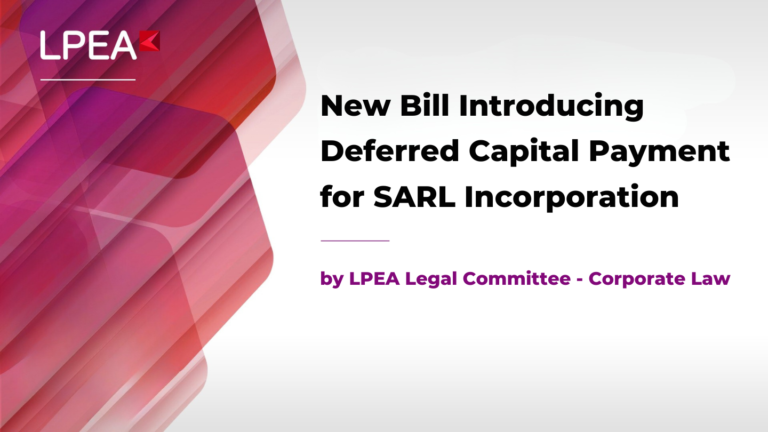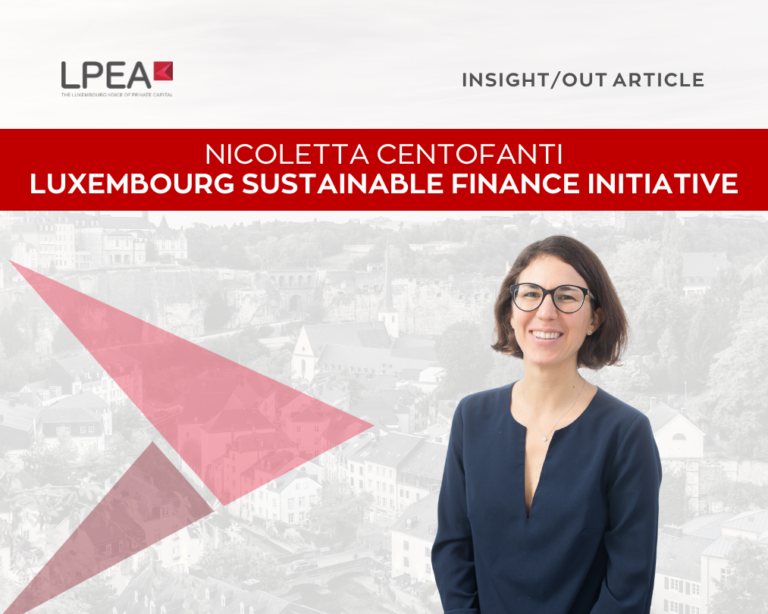By Carmen von Nell-Breuning, Senior Adviser, Clifford Chance
As featured in LPEA Insight/ Out magazine #20, December 2021.
The Private Equity industry has seen tremendous success over the last decades. One reason for its success derives from the alignment of interests between the general partner and the limited partners. Everybody pulling together can indeed lead to better performance.
Thanks to its capacity to generate superior shareholder value, private equity has since its inception seen a strong influx of capital. Today, private equity has accumulated around two trillion dollars of dry powder and has become a powerful industry that efficiently allocates capital throughout the economy.
When speaking about allocational efficiency, we speak about the very best use of allotting goods, services and capital. However, what is “the very best use” of capital? The COVID-19 pandemic, climate change and societal shifts are forcing everyone to again question that which had become ‘accepted’, and to re-evaluate priorities that were considered fixed. It is becoming increasingly apparent that businesses need to serve multiple stakeholders and may not focus on their shareholders alone. While shareholders own both a share and an interest in the entity, there are other stakeholders that do not own a share but nevertheless have an interest in the performance of a company, being employees, suppliers, customers, the community, financial markets and society as a whole. Fair to say that the private equity industry has long focused on its shareholders but not sufficiently embraced the interests of its manifold stakeholders.
At their best, private equity firms go beyond the mere generation of shareholder value and become agents of social, environmental, cultural and political change.
The aftermath of the 2008 financial crisis saw one stakeholder appear front of stage: the financial regulators. This regulatory supervision laid the path for a more institutionalised industry. What was formerly a niche market of informal, private partnerships slowly but steadily transformed into a modern asset management industry which now attracts an even broader range of limited partners. Pension funds, family offices, SWFs and alike today invest in private equity, thanks not only to its continually superior rate of returns but also due to its increasingly regulated and standardised set of processes and operations. The current trend of retailisation of private equity funds can as such be considered the next logical step and will further enhance the scope of private equity’s stakeholders. It is worthwhile mentioning that the push for a more encompassing stakeholder perspective has to date been mainly driven by the limited partners.
The employees of private equity’s portfolio companies are another important stakeholder group. Numerous studies prove the positive impact of private equity in the creation of employment, but when it comes to an inclusive engagement with the millions of employees in portfolio companies around the world, private equity can still improve. What is the reason for many employees being fearful of private equity ownership? One reason may be the adverse portrayal in some media highlighting the few negative examples of the industry. Another reason may be the failure of private equity to seriously support the professional, personal and financial growth of portfolio companies’ employees. As Steffen Meister, executive chairman of Partners Group’s board of directors states in a recent interview with New Private Markets: “Portfolio company employees are private equity’s stakeholder blind spot” (article of 19 March 2021)
How to consider the interests of further stakeholders? How to embed stakeholder value creation into enhanced shareholder value creation? These are the big questions of today and the future. The stakeholder model can assist with building the strategic vision of a private equity firm. ESG (Environmental, Social, and Governance) metrics can be used to assess and measure company performance, and its relative positioning on a range of topics relevant to the broader set of stakeholders, in the same way that financial metrics assess company performance for shareholders.
Source: https://corpgov.law.harvard.edu/2020/09/14/the-stakeholder-model-and-esg/
Private equity can create value in particularly challenging economic environments. At their best, private equity firms go beyond the mere generation of shareholder value and become agents of social, environmental, cultural and political change. The PE industry has the potential to be one of the most effective catalysts of stakeholder value creation, because they bring together capital, great ideas and people as well as a long-term, entrepreneurial perspective. The more positive data the industry builds to show a positive correlation between an enhanced stakeholder perspective and financial performance, the faster private equity firms will incorporate these considerations into their investment decisions. Private equity has the opportunity to create so much more than shareholder value: it can contribute to shaping the world in which we live.





